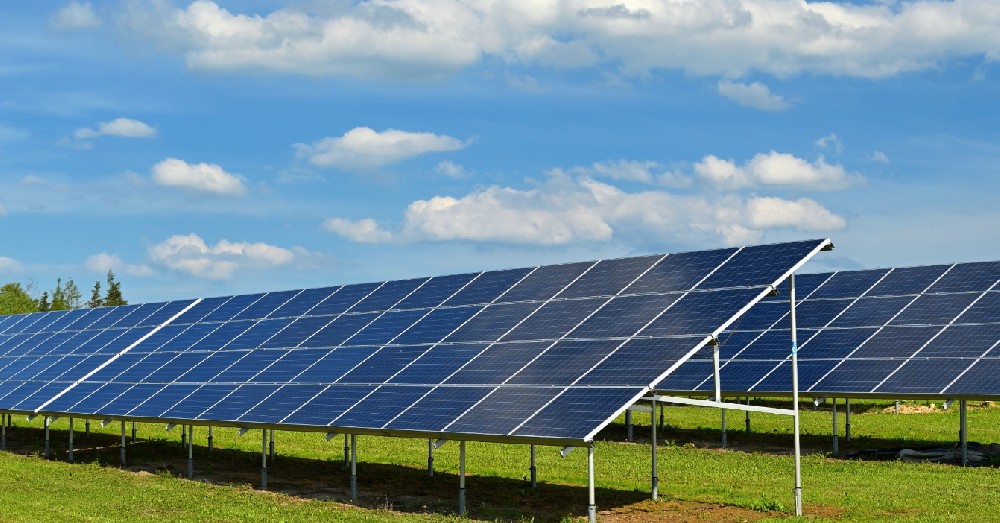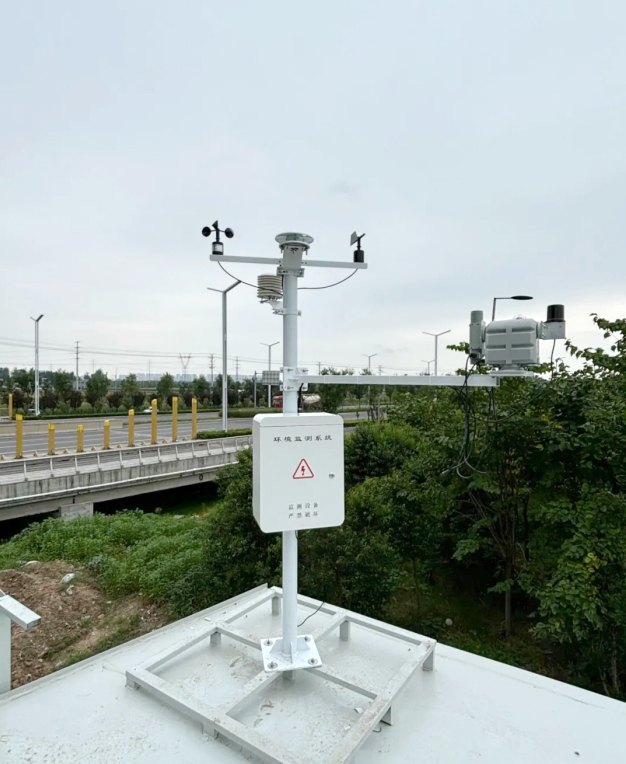

— Blogs —
—Products—
 Consumer hotline +8618073152920
Consumer hotline +8618073152920 WhatsApp:+8615367865107
Address:Room 102, District D, Houhu Industrial Park, Yuelu District, Changsha City, Hunan Province, China
Product knowledge
Time:2025-04-02 11:31:53 Popularity:73
Photovoltaic Weather Stations: Intelligent Monitoring Systems to Support the Efficient Operation of Solar Power Generation
As the world transitions toward sustainable energy, photovoltaic (solar) power generation, as a core pillar of clean, renewable energy, is receiving increasing attention. However, the efficiency and stability of solar systems are highly dependent on weather conditions—factors such as sunlight intensity, temperature, wind speed, and humidity all affect power generation performance. This is where photovoltaic weather stations come in. By providing real-time monitoring and data analysis, these stations ensure that solar power plants perform at their best. This article will provide a detailed introduction to the definition, functionality, advantages, and growing importance of photovoltaic weather stations in meeting global energy demands.

A photovoltaic weather station is an intelligent monitoring device tailored for solar power generation systems. Equipped with high-precision sensors, it can continuously capture key meteorological data that affects power generation efficiency. This data includes solar radiation (total radiation, direct radiation, and diffuse radiation), ambient and module temperatures, humidity, wind speed, wind direction, and atmospheric pressure, among others.
The data is wirelessly transmitted to cloud platforms or local centers, allowing users to access it anytime. From large solar power plants to small distributed systems, photovoltaic weather stations provide customized monitoring to ensure the reliability and practical utility of the data.

Photovoltaic weather stations stand out for their accuracy and versatility. Here are their main features:
High-precision sensors, such as solar radiation detectors and temperature probes, continuously track key variables. Solar radiation is the core driver of power generation, and precise measurement helps optimize panel angles. Temperature data reveals overheating risks, while wind speed and humidity reflect the effects of cooling and stability.
In addition to data collection, the weather station utilizes cloud computing and advanced algorithms for processing. This supports predictive models that forecast power generation based on weather trends and enables early detection of efficiency issues or potential faults.
When extreme weather conditions, such as strong winds, high temperatures, or sandstorms, threaten performance or safety, the system immediately sends alerts. This gives the team time to take action, such as securing equipment or enhancing cooling systems.
For multiple distributed solar systems, the weather station can collect data from different locations, providing a comprehensive environmental overview. This ensures precise management of conditions at every site within the network.

The data from photovoltaic weather stations directly enhances the operational efficiency of power plants:
Real-time insights guide adjustments, such as optimizing panel angles or scheduling cleaning during dust accumulation, to maximize energy capture. For instance, when radiation decreases due to cloud cover, settings can be adjusted to minimize losses.
Wind speed and direction data assess structural risks and can trigger reinforcement measures during storms. Temperature monitoring prevents overheating (a major efficiency killer), maintaining optimal performance through ventilation or cooling systems.
Predictive analysis and remote monitoring reduce downtime. Early detection of issues (like dust accumulation) helps avoid major repairs, and intelligent scheduling optimizes maintenance, saving labor and resources.
By optimizing power generation, weather stations reduce energy waste and dependence on fossil fuels. For example, temperature data can adjust cooling systems to save power, aligning with green energy goals.

Photovoltaic weather stations are suitable for solar systems of all sizes:
In vast solar farms, they provide a unified data stream to support centralized control, ensuring that every panel performs optimally.
For rooftop or smaller photovoltaic networks, they provide site-specific monitoring, balancing local discrepancies to enhance the overall performance of the grid.
Scientists use the data to study solar technology improvements or climate impacts, driving innovation in the industry.
This flexibility makes them applicable to any solar project, from rural facilities to urban arrays.
- Sunny Days: Radiation sensors show peak sunlight, and adjusting the panel angles can increase output by 10-15%.
- Heat Waves: Temperature alerts trigger cooling systems to prevent up to a 20% efficiency drop.
- Storms: Wind speed data warns of high winds, allowing equipment to be secured and preventing structural damage.
- Dusty Areas: Rising humidity signals dust risks, prompting timely cleaning to maintain performance.
These actions result in higher yields, longer equipment lifespan, and better return on investment.

Conclusion
Photovoltaic weather stations are not just weather monitoring tools; they are strategic partners in solar power generation. With precise monitoring, intelligent analysis, and actionable insights, they ensure that solar power plants operate efficiently, safely, and profitably. Whether you manage a large solar farm or a rooftop system, this equipment can turn weather challenges into opportunities. As clean energy takes the lead globally, photovoltaic weather stations are setting the trend and providing data-driven advantages for a sustainable future.
NBL-W-SRS-Solar-radiation-sensor-instruction-manual-V4.0.pdf
NBL-W-HPRS-Solar-Radiation-Sensor-Instruction-Manual-V3.0.pdf
Related recommendations
Sensors & Weather Stations Catalog
Agriculture Sensors and Weather Stations Catalog-NiuBoL.pdf
Weather Stations Catalog-NiuBoL.pdf
Related products
 Combined air temperature and relative humidity sensor
Combined air temperature and relative humidity sensor Soil Moisture Temperature sensor for irrigation
Soil Moisture Temperature sensor for irrigation Soil pH sensor RS485 soil Testing instrument soil ph meter for agriculture
Soil pH sensor RS485 soil Testing instrument soil ph meter for agriculture Wind Speed sensor Output Modbus/RS485/Analog/0-5V/4-20mA
Wind Speed sensor Output Modbus/RS485/Analog/0-5V/4-20mA Tipping bucket rain gauge for weather monitoring auto rainfall sensor RS485/Outdoor/stainless steel
Tipping bucket rain gauge for weather monitoring auto rainfall sensor RS485/Outdoor/stainless steel Pyranometer Solar Radiation Sensor 4-20mA/RS485
Pyranometer Solar Radiation Sensor 4-20mA/RS485
Screenshot, WhatsApp to identify the QR code
WhatsApp number:+8615367865107
(Click on WhatsApp to copy and add friends)